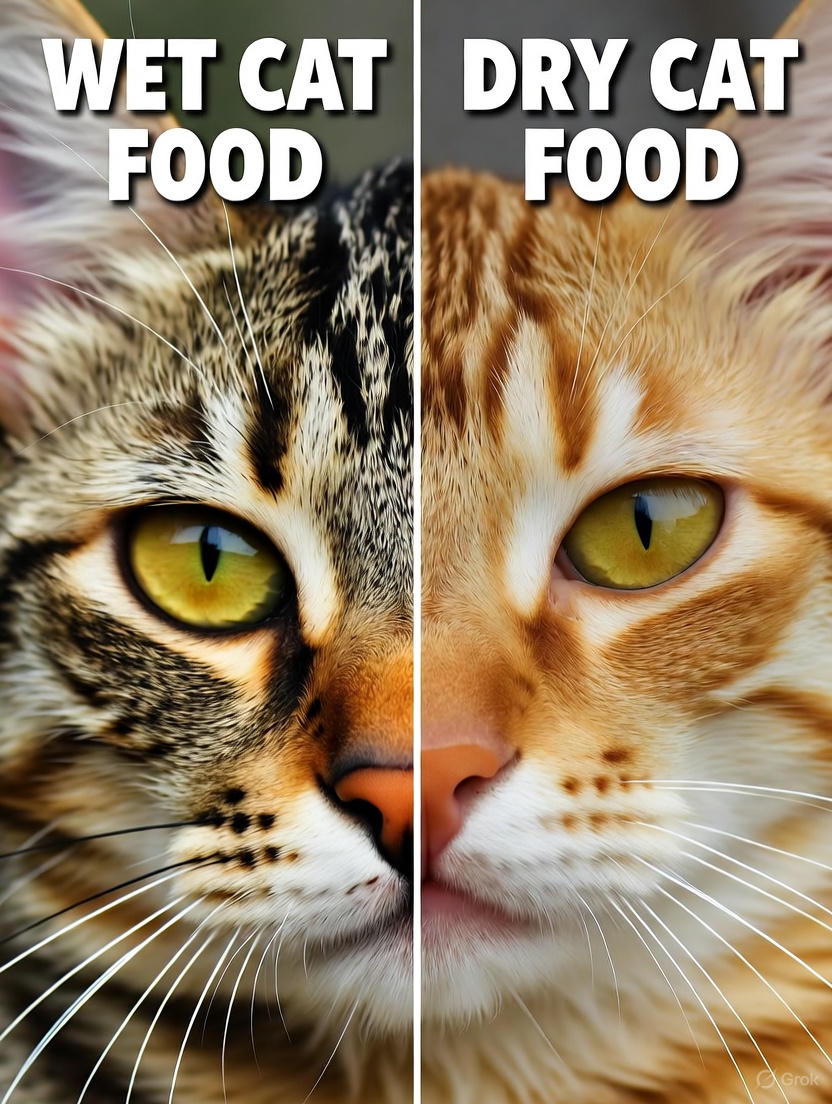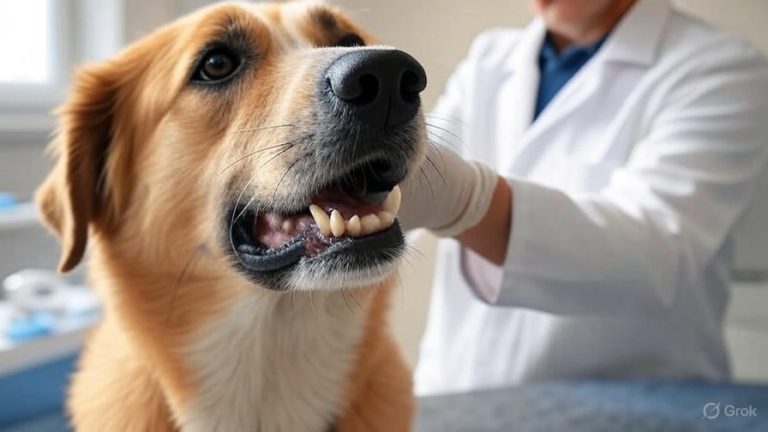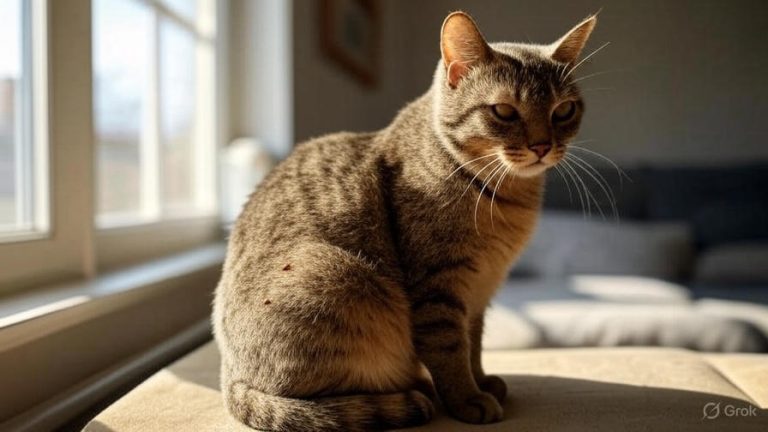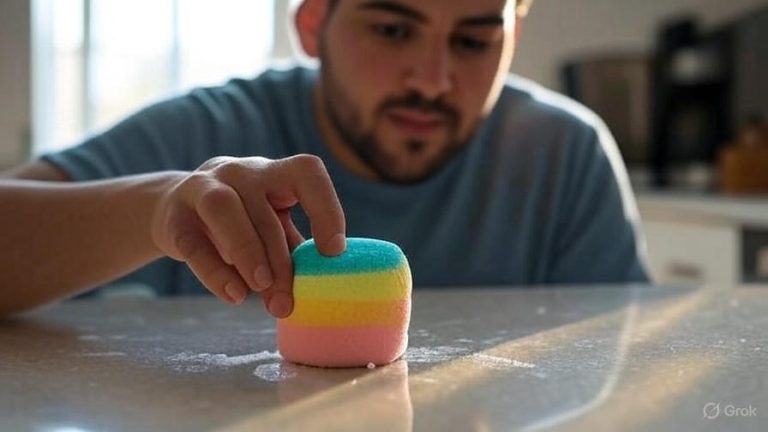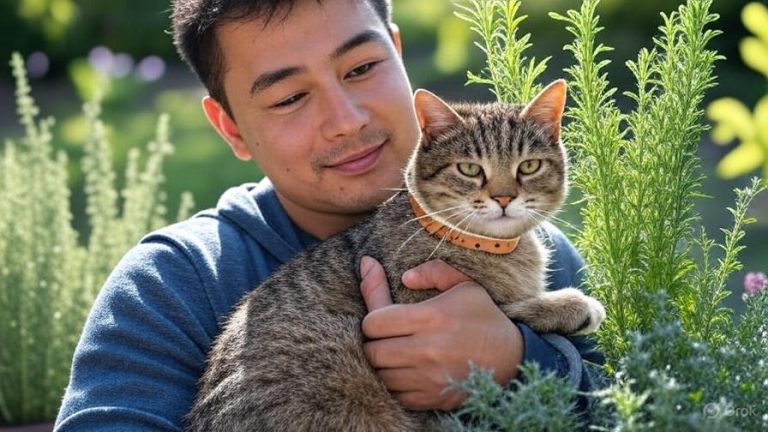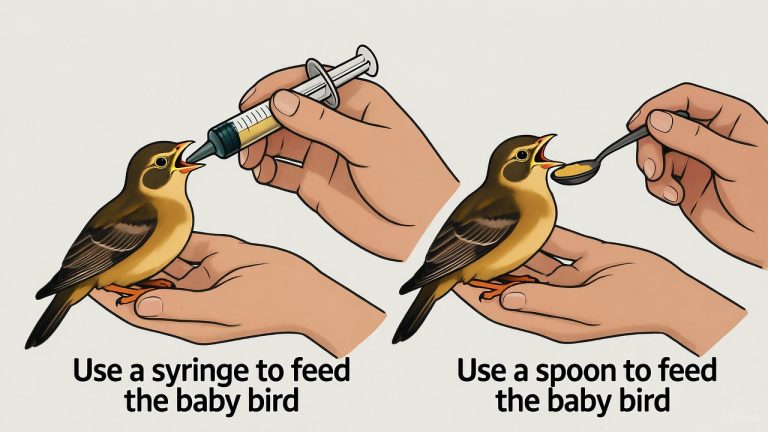Wet vs Dry Cat Food?
Your cat’s nutrition directly impacts her health, energy levels, and longevity. The debate between wet and dry cat food has puzzled pet owners for years, yet the answer isn’t as simple as picking one over the other. Both options bring distinct advantages and drawbacks to your cat’s bowl, and your choice should depend on your cat’s age, health status, and individual needs.
The Fundamental Differences Between Wet and Dry Cat Food
Wet cat food and dry kibble differ dramatically in their composition and how cats digest them. Dry food contains roughly 10% moisture, while wet food contains 75-80% water content. This fundamental distinction affects everything from your cat’s hydration to how quickly she feels full.
Wet food typically features higher protein content and often includes more meat-based ingredients. The high water content makes these meals easier for cats to digest and absorb nutrients from. Dry kibble, conversely, goes through an extrusion process that concentrates nutrients and creates shelf-stable pieces that can last weeks after opening.
The ingredient lists often tell different stories too. Premium wet foods frequently contain whole meat as the primary ingredient, while some budget dry foods rely more heavily on grain fillers and meat byproducts. However, expensive doesn’t always mean better—plenty of affordable wet foods provide excellent nutrition, just as some premium dry brands use questionable ingredients.
Hydration: Why Water Matters for Cats
Cats evolved as desert hunters who obtained most of their water intake from prey. Unlike dogs and humans, cats don’t have a strong thirst drive, and they often don’t drink enough water throughout the day. This biological reality makes wet food a significant advantage for feline hydration.
When cats eat food with high water content, they receive nutrients already suspended in liquid. Their bodies absorb this moisture along with the meal, increasing their overall daily water intake. Cats eating exclusively dry food often become chronically dehydrated, which can lead to urinary tract infections, kidney disease, and other serious health complications later in life.
Research shows that cats consuming wet food diets produce more dilute urine, reducing the concentration of minerals that form crystals in the urinary tract. Veterinarians increasingly recommend wet food for cats with a history of urinary issues. If your cat has experienced crystals or infections, adding wet food to her diet becomes a preventative health measure rather than just a dietary choice.
That said, you can encourage water drinking by placing multiple water bowls around your home, investing in a cat water fountain, or adding a bit of water to dry kibble. Some cats respond enthusiastically to running water, so a fountain might solve hydration issues without switching to expensive wet food entirely.
Cost Considerations: Your Budget and Your Cat
Dry cat food wins decisively on the budget front. A bag of quality dry kibble costs significantly less per serving than wet food, and it stores for months without spoiling. For households with multiple cats or tight budgets, dry food provides an economical solution that doesn’t sacrifice nutrition.
A single can of premium wet food might cost $1-3, while a bag of dry food provides equivalent nutrition for a fraction of that price. Over a year, feeding a cat exclusively wet food can cost three to five times more than dry food. For many families, this price difference matters tremendously.
Yet cost shouldn’t be your only consideration. Think of pet food spending as preventative healthcare investment. Higher quality food often leads to fewer vet visits for digestive issues, urinary problems, and other nutrition-related conditions. Sometimes spending more upfront on better nutrition saves money later on medical bills.
A hybrid approach works well for budget-conscious owners. Feed wet food as a supplement to dry kibble, mixing them together or offering wet meals on certain days. Many cats thrive on 70% dry food and 30% wet food, giving you the hydration benefits of wet food without the full financial burden.
Dental Health: Does Kibble Really Clean Teeth?
Pet food companies have long marketed dry kibble as nature’s toothbrush, claiming that the mechanical action of chewing hard pieces cleans cats’ teeth. This marketing claim contains a kernel of truth but oversimplifies the reality of feline dental health.
Chewing dry kibble does create some friction against tooth surfaces, but cats don’t chew the same way dogs do. Most cats swallow kibble nearly whole, minimizing any cleaning action. The claim that dry food prevents plaque buildup doesn’t hold up to scientific scrutiny—cats eating dry food still develop tartar and gum disease at similar rates to those eating wet food.
The real factor in dental health involves diet composition, genetics, and proper dental care. Cats with good genetics and appropriate nutrition maintain healthier teeth regardless of kibble texture. Regular tooth brushing, dental treats designed specifically for plaque control, and professional cleanings from your vet do far more for dental health than kibble choice alone.
If your cat suffers from dental problems, dry food won’t solve the issue. Your vet might recommend prescription dental diets specifically formulated to reduce plaque, but these exist in both wet and dry varieties.
Digestion and Nutrient Absorption
Cats have relatively short digestive tracts optimized for processing meat. Their bodies absorb nutrients from wet food more efficiently than from dry kibble because moisture aids the digestive process. Wet food requires less stomach acid production and moves through the system more smoothly.
Dry food requires more digestive effort since your cat must produce substantial saliva and stomach acids to break down concentrated kibble. Some cats develop digestive sensitivities to dry food, experiencing vomiting, diarrhea, or constipation when eating exclusively kibble. These same cats often thrive once you introduce wet food into their diet.
Cats with inflammatory bowel disease (IBD) frequently show improvement when switched to wet food diets. The higher moisture and often higher fat content in wet food seems to calm inflamed digestive tracts better than dry alternatives. If your cat chronically suffers from digestive upset, experiment with adding wet food before assuming her stomach can’t handle change.
The protein content differs between options as well. Wet foods typically contain 10-12% protein on a dry matter basis after removing water, sometimes reaching 15% or higher. Quality dry foods contain 30-40% protein listed on the label, though this includes the water weight of kibble. The actual protein percentage is lower once you account for moisture content. When comparing nutrition labels, always look at the guaranteed analysis to make fair comparisons.
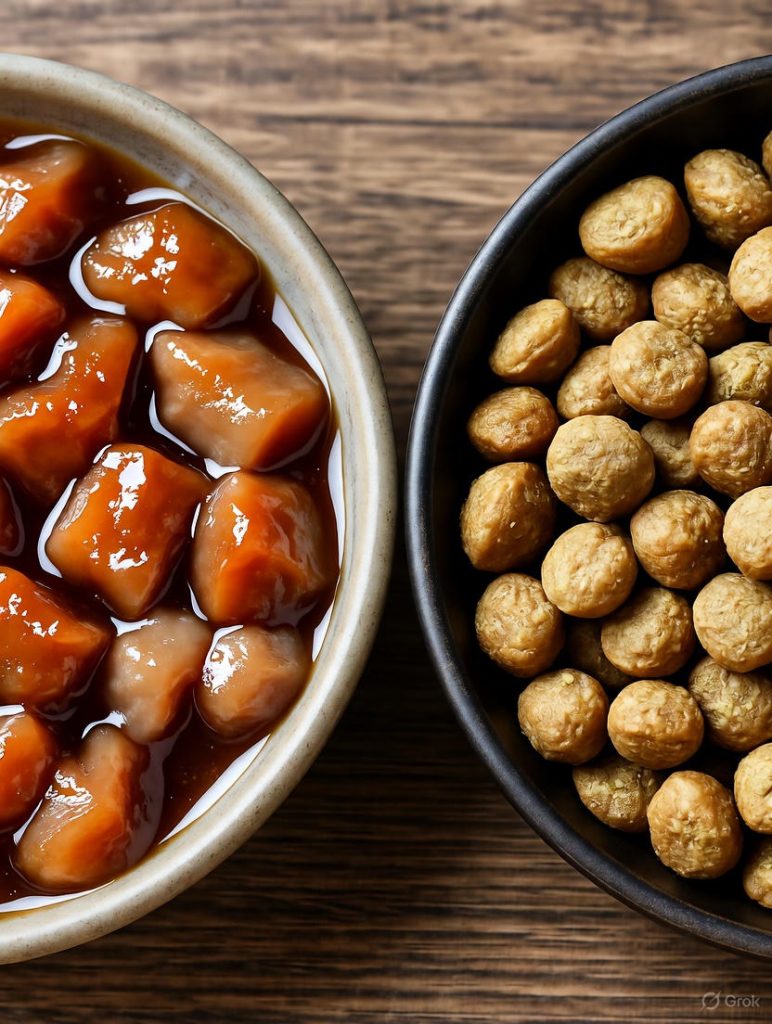
Weight Management: Portion Control and Satiety
Obesity plagues cats at alarming rates, with roughly 60% of American cats classified as overweight or obese. Feeding practices directly contribute to this crisis, and food type plays a significant role in weight management.
Dry food is calorie-dense—a small portion contains substantial calories. Cats can easily overeat kibble because it doesn’t create the same fullness sensation as wet food. Many owners free-feed dry kibble, leaving bowls out all day, which enables gradual weight gain. Cats regulated by dry food alone often consume more total calories while eating smaller volumes of food.
Wet food creates better satiety for the same calorie count. The high water content fills your cat’s stomach faster, signaling fullness to her brain sooner. Many cats feel satisfied on fewer calories when eating wet food, making it an effective tool for weight loss diets. Veterinarians often recommend wet food for overweight cats because it helps them lose weight while maintaining muscle mass.
If you’re managing your cat’s weight, feeding scheduled meals rather than free-feeding proves essential regardless of food type. Measure portions carefully, avoid constant treat supplementation, and track your cat’s weight monthly. Combining portion control with wet food provides the most effective weight management strategy for most cats.
Health Conditions: When Food Type Becomes Medicine
Cats with specific health conditions benefit tremendously from switching to wet food or dry food depending on their diagnosis. This is where individual needs truly override general recommendations.
Cats with kidney disease require phosphorus and protein carefully managed. Some veterinary kidney diets come as dry food, some as wet, and the best choice depends on your cat’s specific values and tolerances. Your vet can recommend the most appropriate option for your cat’s condition.
Diabetic cats often achieve remission or better blood sugar control when switched to high-protein wet food diets, particularly those low in carbohydrates. The combination of high moisture, high protein, and lower carbs creates an optimal metabolic environment for many diabetic cats.
Cats with hyperthyroidism may have difficulty eating after radioiodine treatment, making soft wet food easier to consume. Senior cats with dental disease or missing teeth often prefer wet food because it requires minimal chewing.
Have a conversation with your veterinarian about your cat’s specific health status. She can recommend the food type and formulation most likely to support your cat’s particular conditions and needs.
Making the Transition: Switching Foods Successfully
Cats are creatures of habit who resist dietary changes. Switching from dry to wet food or vice versa requires patience and a gradual transition to avoid digestive upset.
Start by mixing a small amount of the new food with your cat’s current food—about 10-20% new food to 80-90% familiar food. Feed this mixture for several days, then gradually increase the proportion of new food while decreasing the old food. Over 7-10 days, incrementally shift toward 100% new food.
Some cats transition in a week, while others need three weeks or longer. If your cat refuses to eat the new food or develops loose stools, slow down the transition further. Mix the foods in a 50-50 ratio for a week or two before advancing to higher percentages of new food.
Keep portions consistent during transition periods. Reduce the amount of food slightly if you’re switching from dry kibble to wet food, since wet food creates more fullness per volume. Monitor your cat’s weight weekly and adjust portions if she gains or loses weight unexpectedly.
The Practical Approach: Combining Both Options
Rather than viewing wet and dry food as either-or choices, most cat nutritionists recommend combining both for optimal benefits. This hybrid feeding strategy gives your cat the hydration advantages of wet food while keeping costs reasonable with dry kibble.
A typical balanced approach involves feeding wet food once or twice daily as a primary meal and dry food as supplemental nutrition or free-fed throughout the day. This combination ensures adequate water intake while reducing feeding costs compared to all-wet diets.
Pay attention to total daily calories when combining foods. Wet food contains fewer calories per volume, so portion sizes appear generous compared to kibble. Track calories across both food types to prevent accidental overfeeding.
Another practical option involves using wet food during warmer months when cats tend to drink less water and reducing wet food supplementation during cooler months when hydration needs are slightly lower. Adjust feeding strategies seasonally based on your cat’s individual hydration and eating patterns.
Reading Labels: What Actually Matters
Pet food labels deliberately confuse consumers with percentages that don’t account for moisture content. Learning to decode labels empowers you to compare options fairly.
The “guaranteed analysis” section lists minimum protein, fat, and fiber percentages along with maximum ash and moisture content. This section reveals actual nutritional content more accurately than marketing descriptions on the front.
Calculate dry matter percentage by dividing the guaranteed nutrient by (100 minus the moisture percentage). A wet food listing 10% protein with 75% moisture actually contains 40% protein on a dry basis. A dry food listing 30% protein with 10% moisture contains about 33% protein on a dry basis—similar nutrition despite different label percentages.
Look for whole meat as the first ingredient rather than meat byproducts or grain fillers. Quality matters in protein sources, and your cat’s body processes whole meat more efficiently than rendered byproducts.
Ingredient order matters too, though manufacturers can manipulate this by splitting grains into multiple forms. A food listing chicken, chicken meal, corn, corn meal appears to have more grain than chicken, even though the chicken ingredients appear first.
Making Your Decision: What’s Right for Your Cat
The ideal choice depends on your cat’s age, health status, lifestyle, and your household’s budget and circumstances. Kittens and senior cats often benefit from wet food because of nutritional density and easier digestion. Young adult cats frequently thrive on hybrid feeding approaches that balance cost and nutrition.
Consult your veterinarian about your individual cat’s needs. She understands your cat’s health history, current conditions, and optimal nutrition requirements. A vet can provide personalized recommendations that align with both your cat’s wellbeing and your family’s realistic capabilities.
Start with your cat’s current health status as the primary consideration, your budget as the secondary factor, and convenience as the tertiary concern. Find the feeding strategy that you can sustain long-term while keeping your cat healthy and satisfied.
The best cat food is the one your cat eats consistently while maintaining ideal weight, healthy digestion, and appropriate hydration. For many cats, that means combining wet and dry food into a practical routine that works for your household. Pay attention to how your cat thrives on different feeding approaches, and adjust accordingly as her needs change throughout her life.

